M-Audio Ozonic Handleiding
M-Audio
Niet gecategoriseerd
Ozonic
Bekijk gratis de handleiding van M-Audio Ozonic (38 pagina’s), behorend tot de categorie Niet gecategoriseerd. Deze gids werd als nuttig beoordeeld door 40 mensen en kreeg gemiddeld 4.3 sterren uit 20.5 reviews. Heb je een vraag over M-Audio Ozonic of wil je andere gebruikers van dit product iets vragen? Stel een vraag
Pagina 1/38

OZONIC
37-Key Audio/MIDI Interface and Controller

Introduction
Congratulations on purchasing M-Audio’s Ozonic—the completely integrated audio/MIDI production and performance tool designed to
streamline making music with your computer. Whether you’re an advanced user or are making music on the computer for the very first time,
we strongly recommend that you read through this Users Guide to learn about proper installation, operation, and advanced functionality.
What’s in the Box
Your Ozonic package contains the following:
< Ozonic audio/MIDI interface
< CD-ROM containing Driver Software and User Manual in PDF format
< Printed QuickStart Guide
< CD-ROM containing Reason Adapted Express software
< 1 meter 6-pin to 6-pin IEEE 1394 (FireWire) cable
< 12VDC 1000mA power supply
About the Ozonic
A single IEEE 1394 cable connects the Ozonic to your computer’s FireWire port. If your PC is not equipped with a native FireWire port, you
may purchase a FireWire PCI card at any computer electronics retailer. Check M-Audio’s Support Knowledge Base on the M-Audio website
(http://www.m-audio.com) for information on compatible IEEE 1394/FireWire PCI adaptors.
IMPORTANT:
The Ozonic comes with a high quality six-pin to six-pin FireWire cable. We strongly suggest that you
use this cable, or one of equal quality, for optimum audio performance. Your computer is equipped
with either a six-pin or a four-pin interface, while the connector on the Ozonic is six-pin. The Ozonic
requires a powered six-pin FireWire connection in order to receive bus power; if your computer has
a four-pin connection or a 6-pin connection that does not provide power, you will need to use the
supplied power adapter with an adapter cable.
( Some computer manufacturers may use a different nomenclature to refer to their FireWire Note:
connections, such as Sony’s “iLink,” or simply “1394” — when in doubt, consult the owner’s manual
for your computer.)
IMPORTANT:
Reports have come to our attention of isolated problems when hot-plugging IEEE 1394 (a.k.a.
“FireWire”) devices. (Hot-plugging refers to making 1394/FireWire connections when one or more of
the devices—including the computer—is on.) When hot-plugging, there are rare occurrences where
either the FireWire peripheral or the FireWire port on the host computer is rendered permanently
inoperable. While M-Audio products adhere rigidly to the FireWire industry standard and pass
stringent internal testing, the possibility remains that hot-plugging your M-Audio FireWire interface
with some computers may result in the type of problem described here.
We strongly encourage you to protect your equipment by refraining from hot-plugging any bus-powered FireWire device, including the
M-Audio Ozonic. Connect your FireWire device while both the computer and FireWire device are powered off. Power on the FireWire
device, then turn the computer on last. If you are using bus power (systems with IEEE1394 6-pin connectors) make sure you make the cable
connection first, then turn the FireWire device power switch on, and turn the computer system on last.
M-Audio is being proactive in investigating any issues that may adversely affect our customers. Please consult the Knowledge Base in the
Support section at www.m-audio.com for updates on this important issue.
Ozonic Overview
The Ozonic is a 37-note MIDI keyboard and a 24-bit/96kHz audio interface equipped with four inputs: one XLR that fully supports phantom-
powered microphones, one unbalanced 1/4” instrument jack, and two unbalanced 1/4” TS jacks. There are four analog outputs, two on 1/4”
TRS (balanced) and two on 1/4” TS (unbalanced) jacks. There is a stereo headphone output and MIDI in/out ports. All of these options make
the Ozonic a perfect integrated choice for performance or studio environments in a computer music set up.
The Ozonic’s easy-to-use software Control Panel provides you with powerful routing and mixing control. You can route any combination of
input pairs to any of the analog output pairs. This will give you complete control over the software returns from the computer host or the
hardware direct monitoring streams. You can take advantage of ultra-low latency software monitoring with built-in ASIO drivers, and near-
zero latency hardware direct monitoring.
With the Ozonic Headphone Stream Select function you can select which output pair you want to monitor, allowing you to pre-listen to an
audio stream before it goes live. The Ozonic also has hardware level controls for each output pair, allowing for real time mixing of the
different audio streams, including Direct Monitoring.
3

4
buttons (including Transport buttons). The keyboard also has an assignable Aftertouch control.
There are also 6 real-time function buttons that include Zone and Group controls and10 memory access buttons that can access the 20
on-board memories.
Features
MIDI Features:
*Powered 6-pin FireWire port required for bus-powered operation
Note: 6-Pin PCMCIA cards do not supply power
MIDI Data from controllers:
< MIDI control number
< RPN/NRPN
< GM/GM2/XG SysEx Messages
< All controls fully programmable
to MIDI controller number
< All controls fully programmable to MIDI channel
< Drawbar mode for faders
< Controller Mute, mutes controller output to avoid parameter
jumps
< Memory Dump via SysEx
< Enigma librarian and parameter editor for storing and
organizing setups
< Pitch Bend
< Program, Bank LSB, Bank MSB
Audio
< 4 x 6 analog I/O on 1 x XLR mic input, 1 x 1/4” instrument input
and 2 x 1/4” TS jacks
< 2 x TRS (balanced) and 2 x TS outputs
< 1 Headphone output
< Headphone Level knob
< Headphone Stream Select/Merge knob
< Direct Monitor Level knob
< Phantom Power On/Off switch for XLR input on rear of unit
and activation LED for Input 1 on top panel
< Gain Control dual concentric knob for Inputs 1 & 2
< Signal/Clip LEDs for each Gain Control
< Volume sliders for Outputs 1 & 2 and Outputs 3 & 4
Ports:
< External MIDI Out
< External MIDI In
< 2 x FireWire MIDI Out (one to MIDI Out, one to keyboard)
< 2 x FireWire MIDI In
MIDI Data from buttons:
< Note On
< Note On/Off Toggle
< MIDI CC On/Off Toggle
< Program, Bank LSB, Bank MSB presets
< MIDI Machine Control functions
< GM/GM2/XG SysEx Messages
Main Keyboard
< 37-note full-size, touch-sensitive, synth-action keybed, with
assignable Aftertouch controller
< 1 MIDI In / 1 MIDI Out port
< joystick controller
< 8 fully assignable rotary MIDI controller knobs
< 9 assignable sliders
< 14 assignable buttons (including Transport)
< 10 Preset Select buttons with 2 layers and dual-function
keypad
< assignable Pitch Bend and Modulation wheels
< 20 non-volatile memories
< 5 Transport Control buttons
< Octave and Transpose Up and Down buttons
< Sustain Pedal input
< Expression Pedal input
< 6 real-time function buttons
< 12 V DC power port
< On/Off button
Power:
< < FireWire bus powered* DC IN for external PSU if not using FireWire bus for power
Product specificaties
| Merk: | M-Audio |
| Categorie: | Niet gecategoriseerd |
| Model: | Ozonic |
Heb je hulp nodig?
Als je hulp nodig hebt met M-Audio Ozonic stel dan hieronder een vraag en andere gebruikers zullen je antwoorden
Handleiding Niet gecategoriseerd M-Audio

18 November 2024

21 Juni 2023

20 Juni 2023

19 Juni 2023

19 Juni 2023

18 Juni 2023

18 Juni 2023

17 Juni 2023

17 Juni 2023

16 Juni 2023
Handleiding Niet gecategoriseerd
- Victorio
- Holman
- Best
- Elbro
- Homedics
- Atmotube
- Salewa
- Emtec
- Pro-Ject
- Logitech
- Mobicool
- Vulcan
- IMG Stageline
- Unicol
- Eureka
Nieuwste handleidingen voor Niet gecategoriseerd
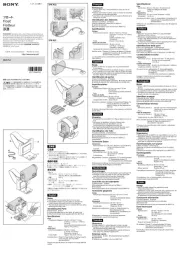
16 September 2025
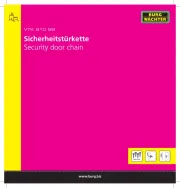
16 September 2025
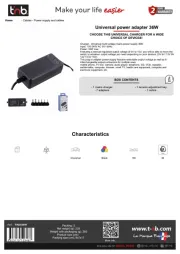
16 September 2025
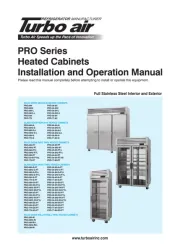
16 September 2025
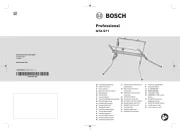
16 September 2025
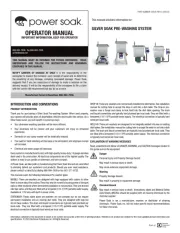
16 September 2025
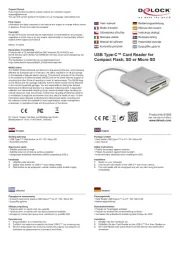
16 September 2025
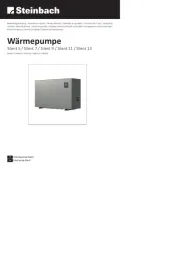
16 September 2025

16 September 2025
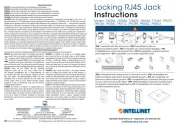
16 September 2025